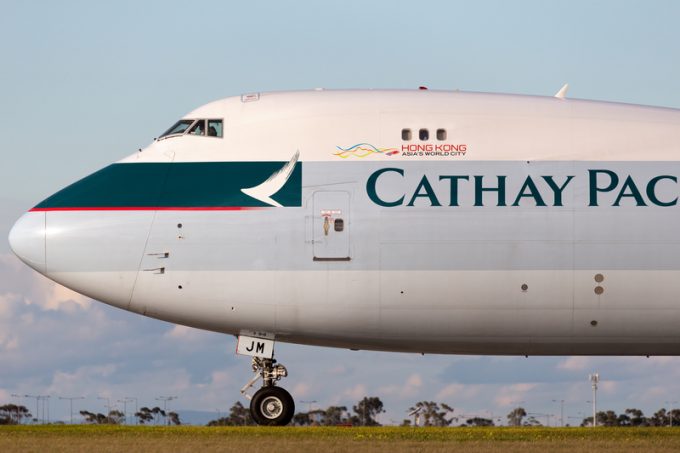IATA to downgrade air cargo growth forecast 'to something more sustainable'
IATA’s air cargo 2025 growth forecast for yields and volumes is set to fall, after ...

Cathay Pacific is to park 40% of its fleet and undergo a major restructure – once it has determined what “size and shape” will allow it to “survive and thrive in this new environment”.
“We simply will not survive unless we adapt our airlines for the ...

Comment on this article